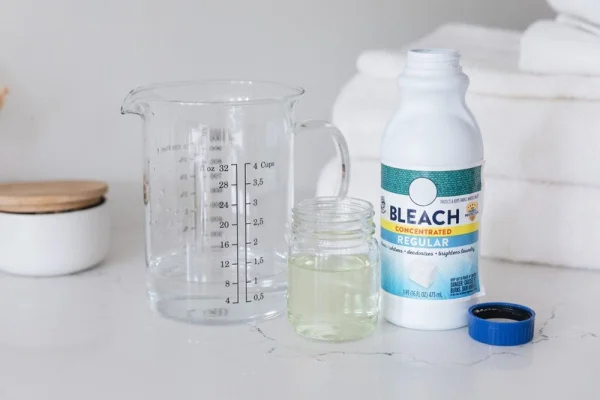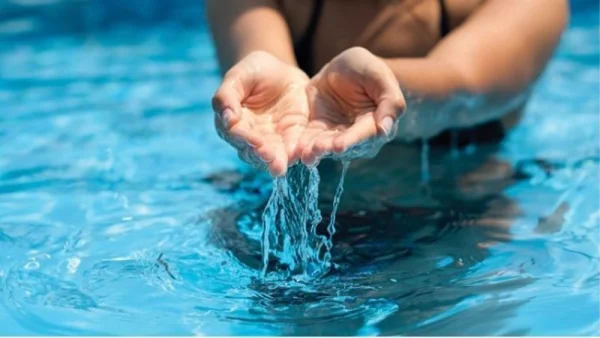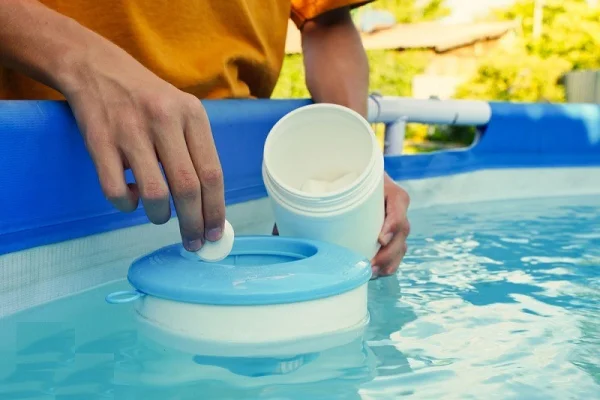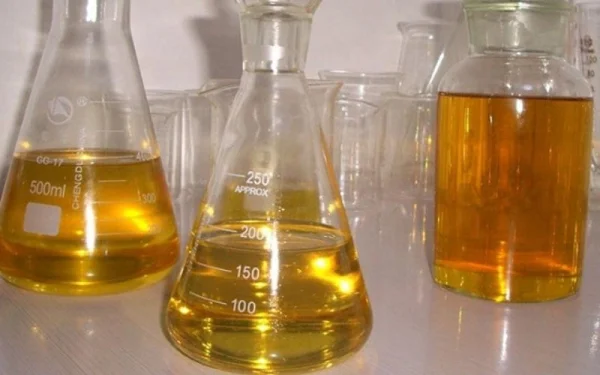
Using chlorine in water to disinfect has helped purify the water and reduce the risk of waterborne illnesses from bacteria and viruses. However, chlorine also has the potential to react with organic matter in water, forming byproducts that could be harmful to health if there is prolonged contact at high concentrations. In this article, we will discuss the effect of chlorine , the recommended concentration levels, and ways to limit chlorine in water.
Overview of Chlorine
Chlorine is a highly versatile chemical crucial in water treatment. Chlorine is a chemical compound that can be both gas or liquid. It is toxic, irritating, and greenish-yellow at room temperature. Its primary constituents are calcium, chlorine, and oxygen, resulting in a highly reactive and oxidizing substance. This chemical is known for its strong disinfecting capabilities, making it a popular choice for water treatment, sanitization, and various other applications.
Chlorine’s high toxicity makes it a powerful chemical capable of destroying microbes, bacteria, and diseases that may leach into your water supply. Using chlorine in water to kill disease-causing germs helps ensure the safety and quality of the water.
How much chlorine is in water?
The average chlorine concentration ranges from 0.5 to 1.5 mg/L. Chlorine in water levels can vary due to the water flow rate in the system, the water treatment plants place, and maintenance timing. Most people will smell chlorine when drinking water at around 0.6 mg/L but some sensitive people may detect chlorine at levels as low as 0.2 mg/L. Chlorine odor can be easily removed by leaving an uncovered jug of water in the refrigerator for a short time, allowing the chlorine to dissipate, or simply pouring the water back and forth between containers many times.
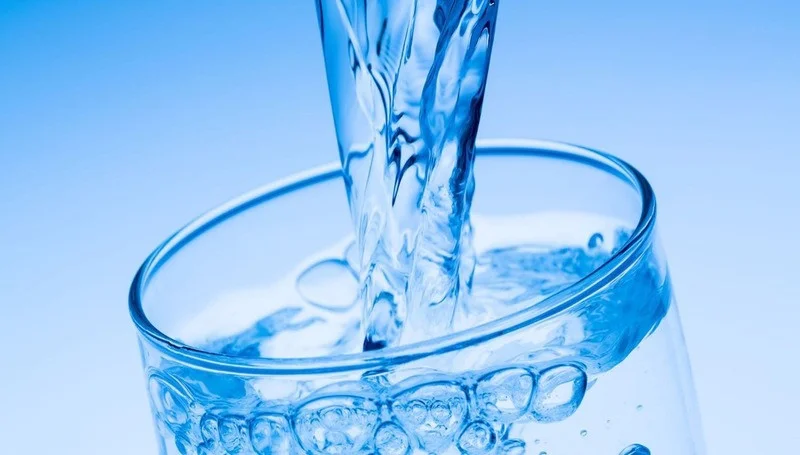
Does chlorine in water affect health?
The health issues related to chlorine consumption vary according to the level of contamination. In most instances, low levels of chlorine in water will have no adverse health effects. However, prolonged high-level chlorine consumption in water causes major health problems such as headaches and dizziness, as well as an increased chance of cancer. Here are some potential health effects when chlorine in water :
Asthma symptoms
One study found that exposure to chlorine in swimming pools was associated with increased asthma symptoms. If you have breathing problems, breathing chlorine in water may worsen symptoms.
Impacts on Reproductive
Some Disinfection Byproducts (DBPs) are related to adverse reproductive outcomes like miscarriages, birth defects, and impaired fetal growth in studies on pregnant women when they are exposed to high levels of chlorine in water.
Skin and Eye Irritation
If you often swim or shower in chlorinated water, your skin and hair may become dry, itchy, and flaky. Touching your skin may cause it to turn red, and your hair may feel dry. If you dye your hair, chlorine can cause the color to fade faster than usual.
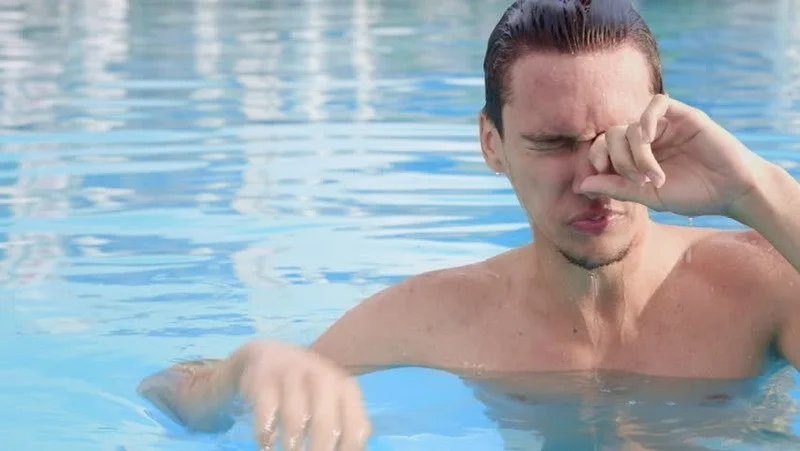
Gastrointestinal Effects
High levels of chlorine in drinking water have been linked to an increased risk of rectal and colon cancers in some studies, though the evidence is not conclusive.
Approaches to Removing Chlorine from Water
Choosing the right approach depends on how much chlorine is in the water and the appropriate budget. Here are several different ways to treat chlorine in water :
Activated Carbon Filters
These filters use activated carbon media that is highly effective at removing chlorine and many other contaminants from water through adsorption. Carbon filters can be installed under the sink, attached to the faucet, or used in pour-through pitchers.
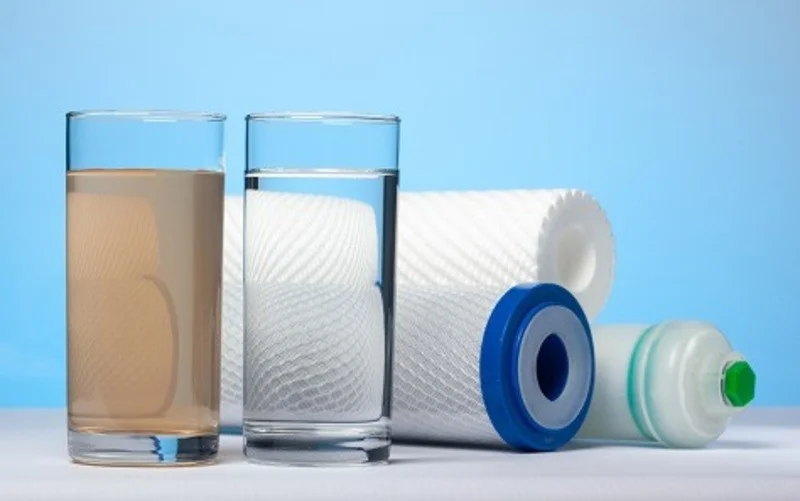
Boiling
Bringing water to a rolling boil and allowing it to cool for 5-10 minutes will effectively remove chlorine, as it is a volatile compound.
Letting Water Stand
Simply allowing an open container of chlorinated water to stand for 24 hours before use will allow much of the free chlorine to dissipate into the air naturally.

UV Treatment
Ultraviolet light systems designed for water treatment can break down and remove chlorine compounds through photolysis.
Chemical Treatment
Adding reducing agents like vitamin C, sodium thiosulfate, or potassium metabisulfite can neutralize chlorine through a chemical reaction.
Distillation
The distillation process separates and removes chlorine and other contaminants from the purified water vapor condensate.
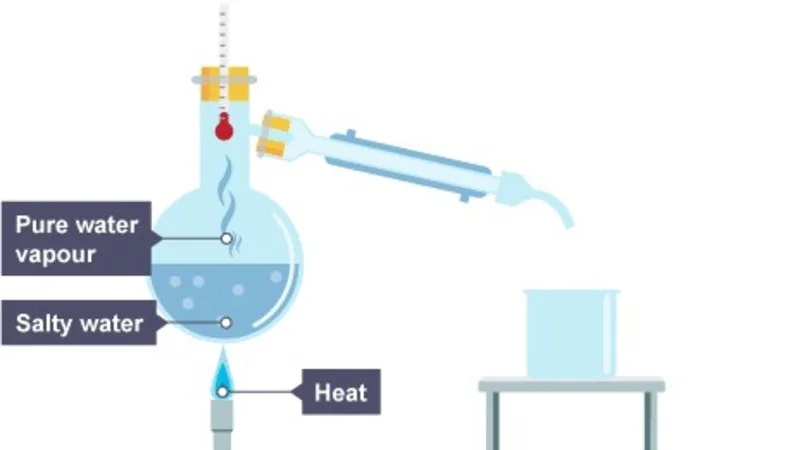
Above is some information about the effect and ways to limit chlorine in water that Dong A wants to share with readers. To purchase genuine and quality chlorine products, please contact us via the hotline at (+84) 985797941 or visit the website dongachem.com for support. We are always ready to support you as soon as possible.
Related Articles
Difference Between Chlorine and Bleach Chemicals
Chlorine and Bleach are powerful oxidizing agents with similar applications in disinfection, ...
How to Effectively Chlorinate Your Pool
Maintaining a clean and safe swimming pool is crucial for ensuring a refreshing and enjoyable ...
8 Key Uses of Chlorine Tablets
Chlorine tablets are a widely used chemical in various industries, particularly in the field of ...
In-Depth Overview of Liquid PAC 10% - 17%
Liquid PAC 10% - 17% is currently available in many places on the market as it is a chemical with ...
Liquid Sodium Hydroxide 32% - 50%
Product Description Product name Liquid sodium hydroxide 32% - 50% Another name Liquid sodium ...
A Comprehensive Guide to Chemicals for Pools
When it comes to maintaining a pool, using the right chemicals is crucial for ensuring the water is ...

